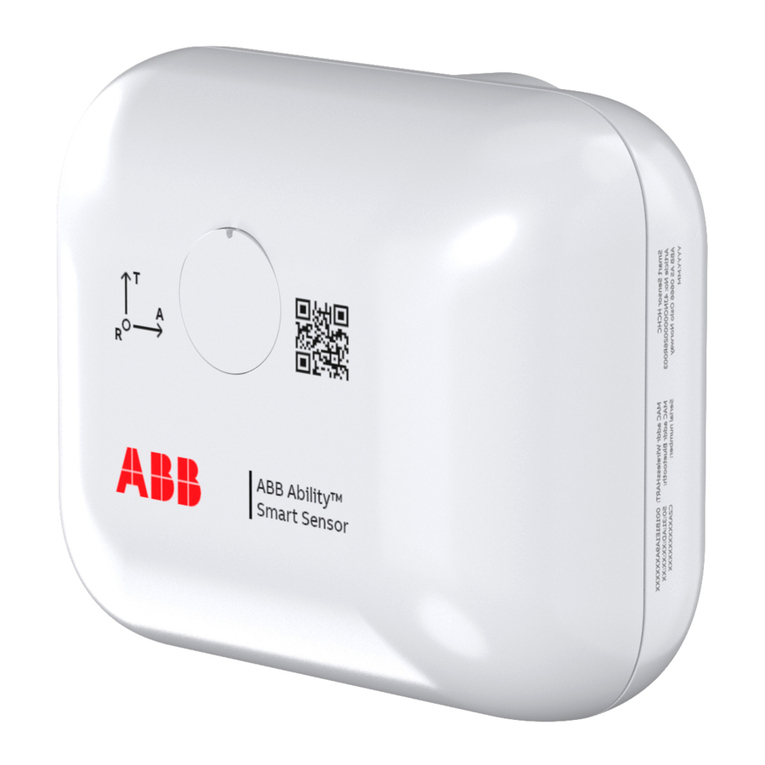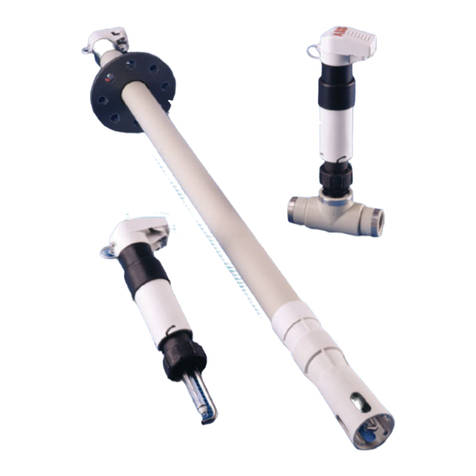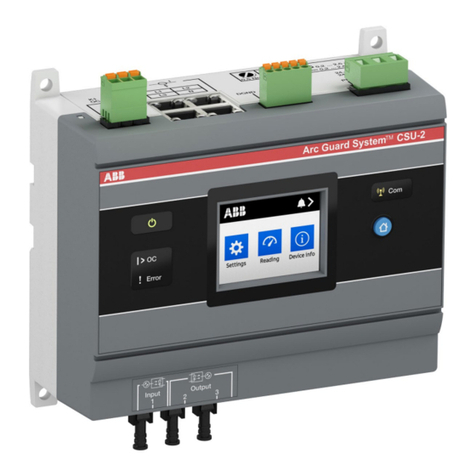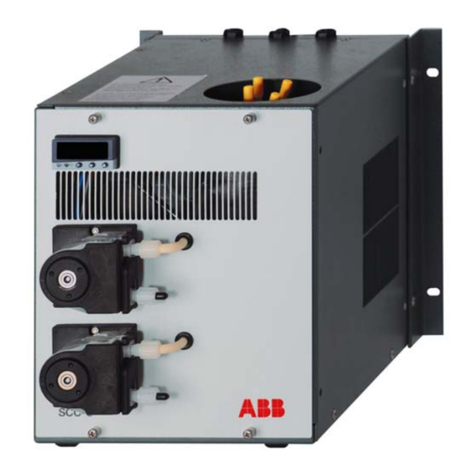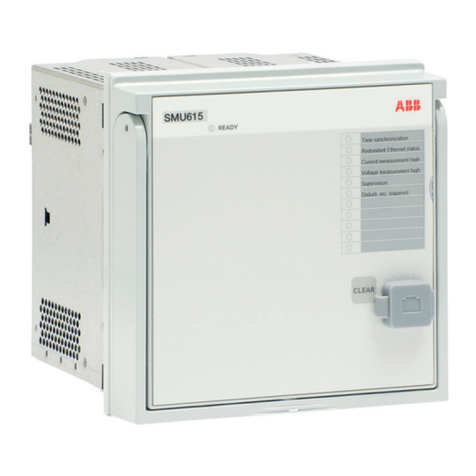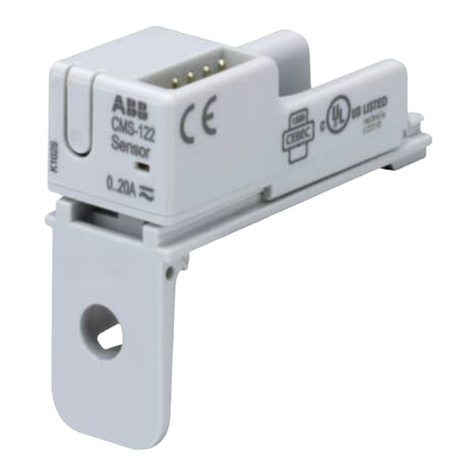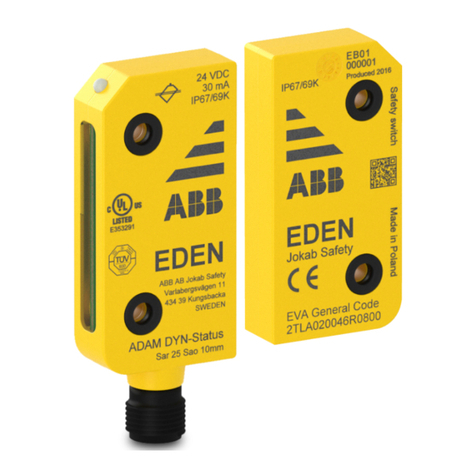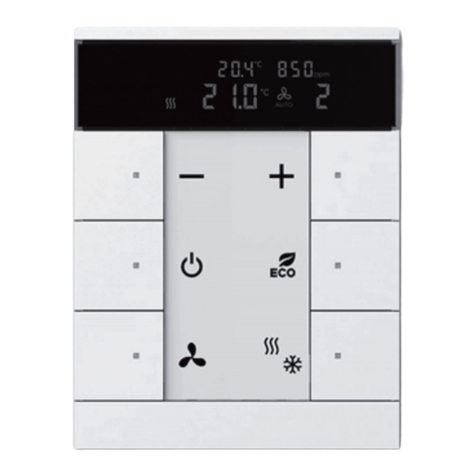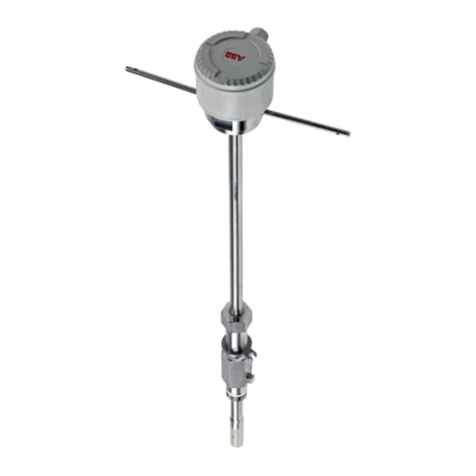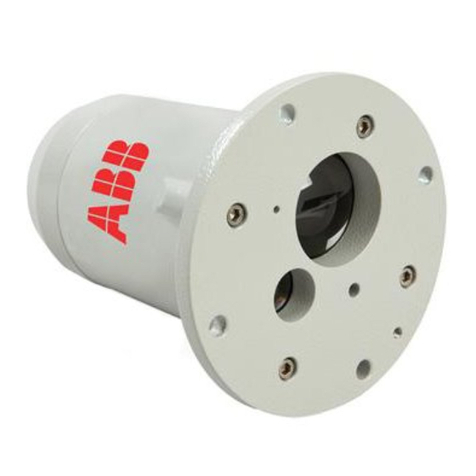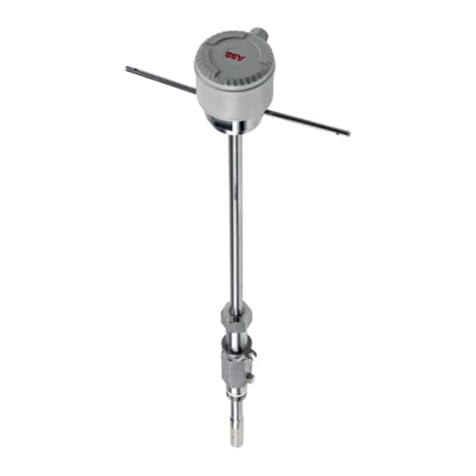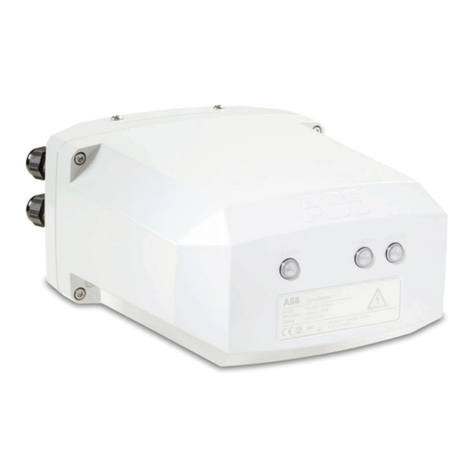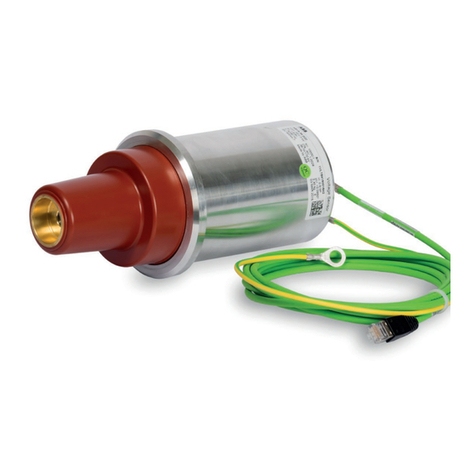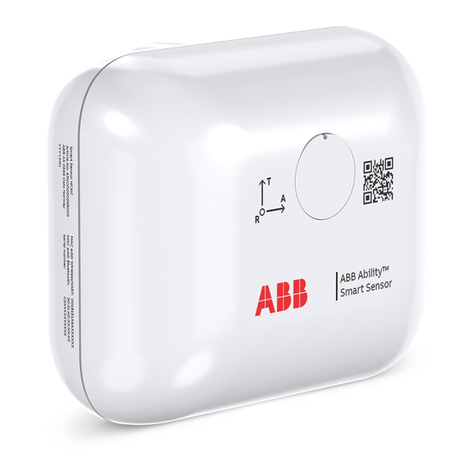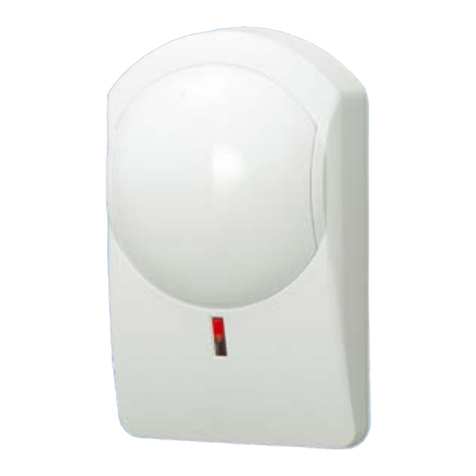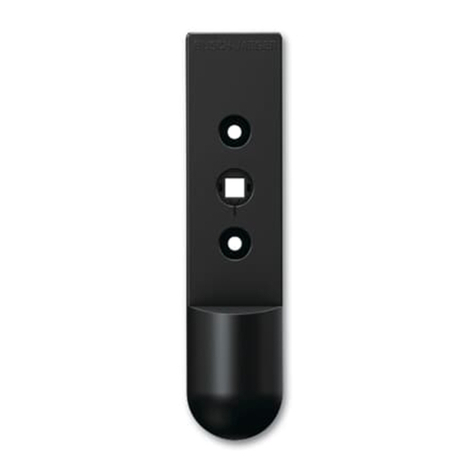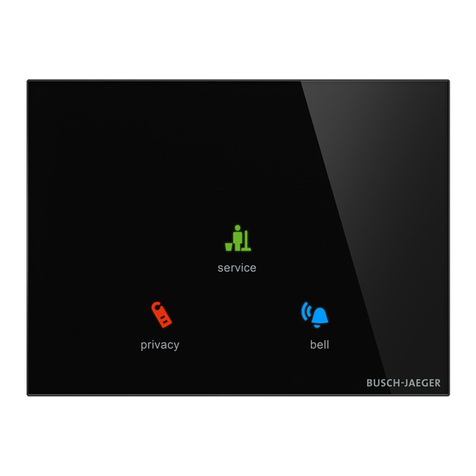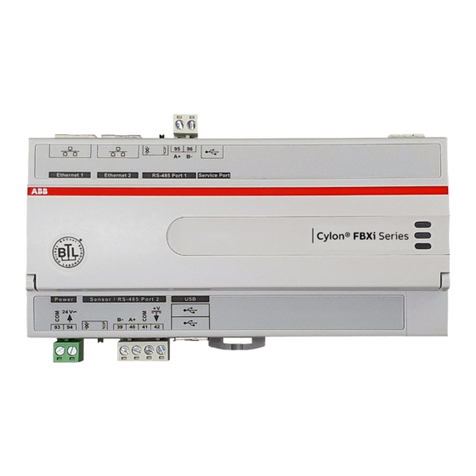
ADS420 | DISSOLVED OXYGEN SENSOR | OI/ADS420-EN REV. B 3
1 Health & Safety
Document symbols
Symbols that appear in this document are explained below:
WARNING
WARNING indicates a hazardous situation which, if not
avoided, could result in death or serious injury.
NOTICE
NOTICE is used to address practices not related to physical
injury.
‘Note’ indicates operator tips, particularly useful information or
important information about the product or its further uses.
‘Note’ does not indicate a dangerous or harmful situation.
Safety precautions
Be sure to read, understand and follow the instructions
contained within this manual before and during use of the
equipment. Failure to do so could result in bodily harm or
damage to the equipment.
WARNING
Installation, operation, maintenance and servicing must be
performed:
• by suitably trained personnel only
• in accordance with the information provided in this
manual
• in accordance with relevant local regulations
Potential safety hazards
ADS420 sensor – electrical
The sensor operates on 24 V DC supplied from the transmitter.
There are no hazardous voltages present.
Safety standards
This product has been designed to satisfy the requirements of
IEC61010-1:2010 3rd edition 'Safety Requirements for
Electrical Equipment for Measurement, Control and Laboratory
Use' and complies with US NEC 500, NIST and OSHA.
Product symbols
Symbols that may appear on this product are shown below:
Direct current supply only.
This symbol identifies a risk of chemical harm and
indicates that only individuals qualified and trained to
work with chemicals should handle chemicals or
perform maintenance on chemical delivery systems
associated with the equipment.
This symbol indicates the need for protective eye
wear.
This symbol indicates the need for protective hand
wear.
Recycle separately from general waste under the
WEEE directive.
Product recycling and disposal (Europe only)
ABB is committed to ensuring that the risk of any
environmental damage or pollution caused by any of
its products is minimized as far as possible. The
European Waste Electrical and Electronic Equipment
(WEEE) Directive that initially came into force on
August 13 2005 aims to reduce the waste arising from
electrical and electronic equipment; and improve the
environmental performance of all those involved in
the life cycle of electrical and electronic equipment. In
conformity with European local and national
regulations, electrical equipment marked with the
above symbol may not be disposed of in European
public disposal systems after 12 August 2005.
NOTICE
For return for recycling, please contact the equipment
manufacturer or supplier for instructions on how to return
end-of-life equipment for proper disposal.
Information on RoHS Directive 2011/65/EU
(RoHS II)
ABB, Process Automation, Measurement & Analytics,
UK, fully supports the objectives of the RoHS II
directive. All in-scope products placed on the market
by PAMA UK on and following the 22nd of July 2017, will
be compliant to the RoHS directive, 2011/65/EU.

